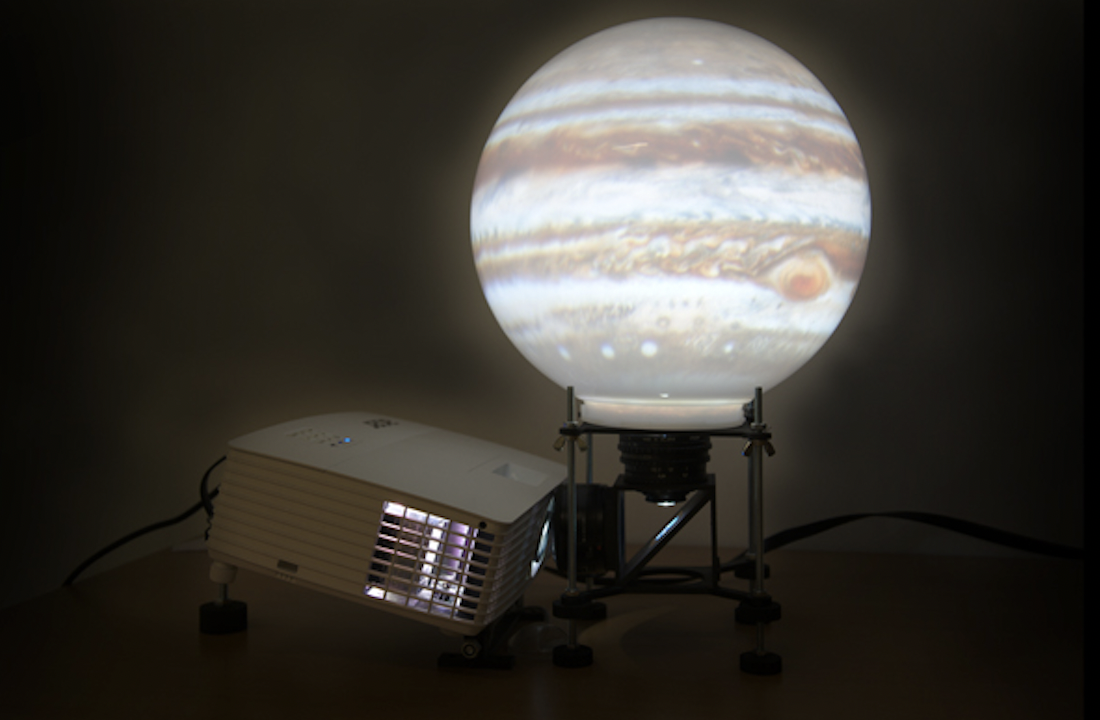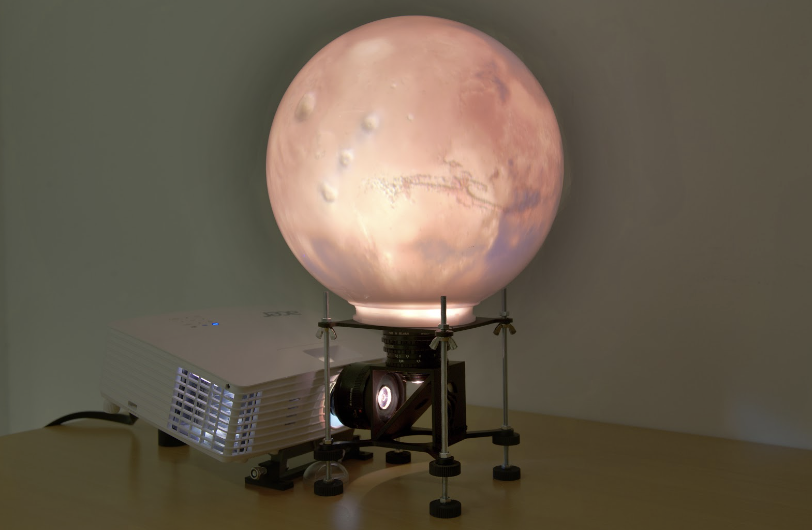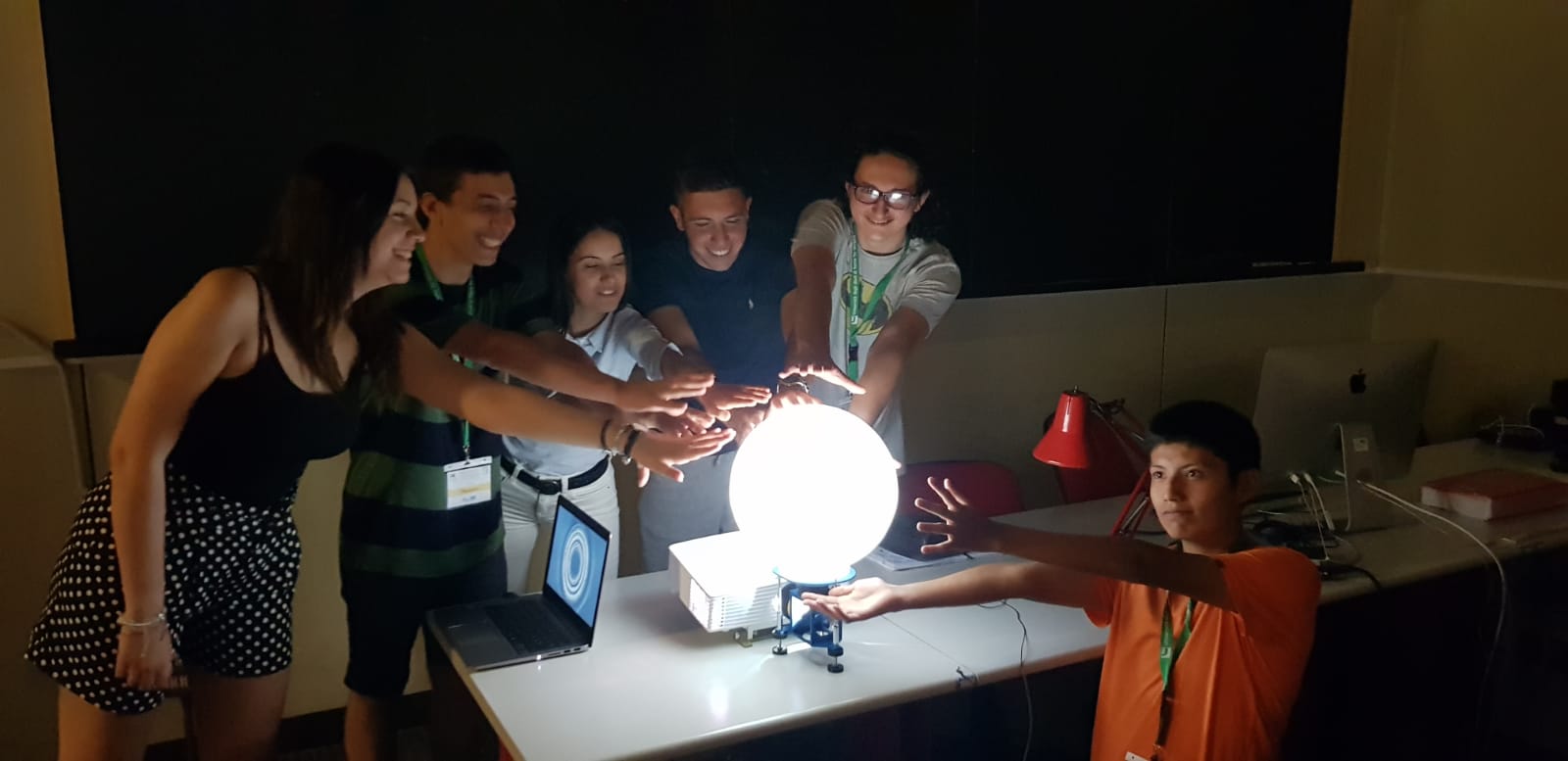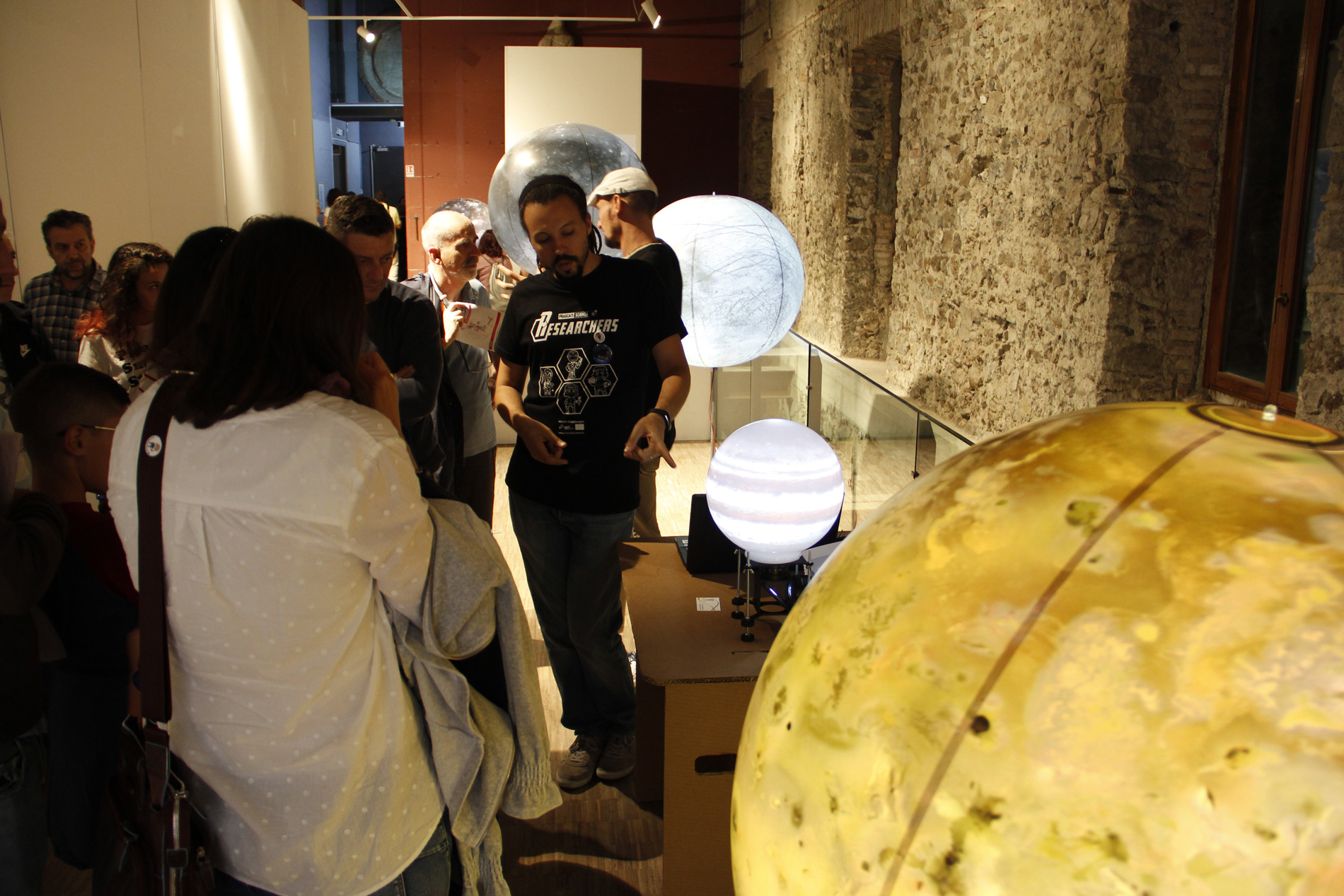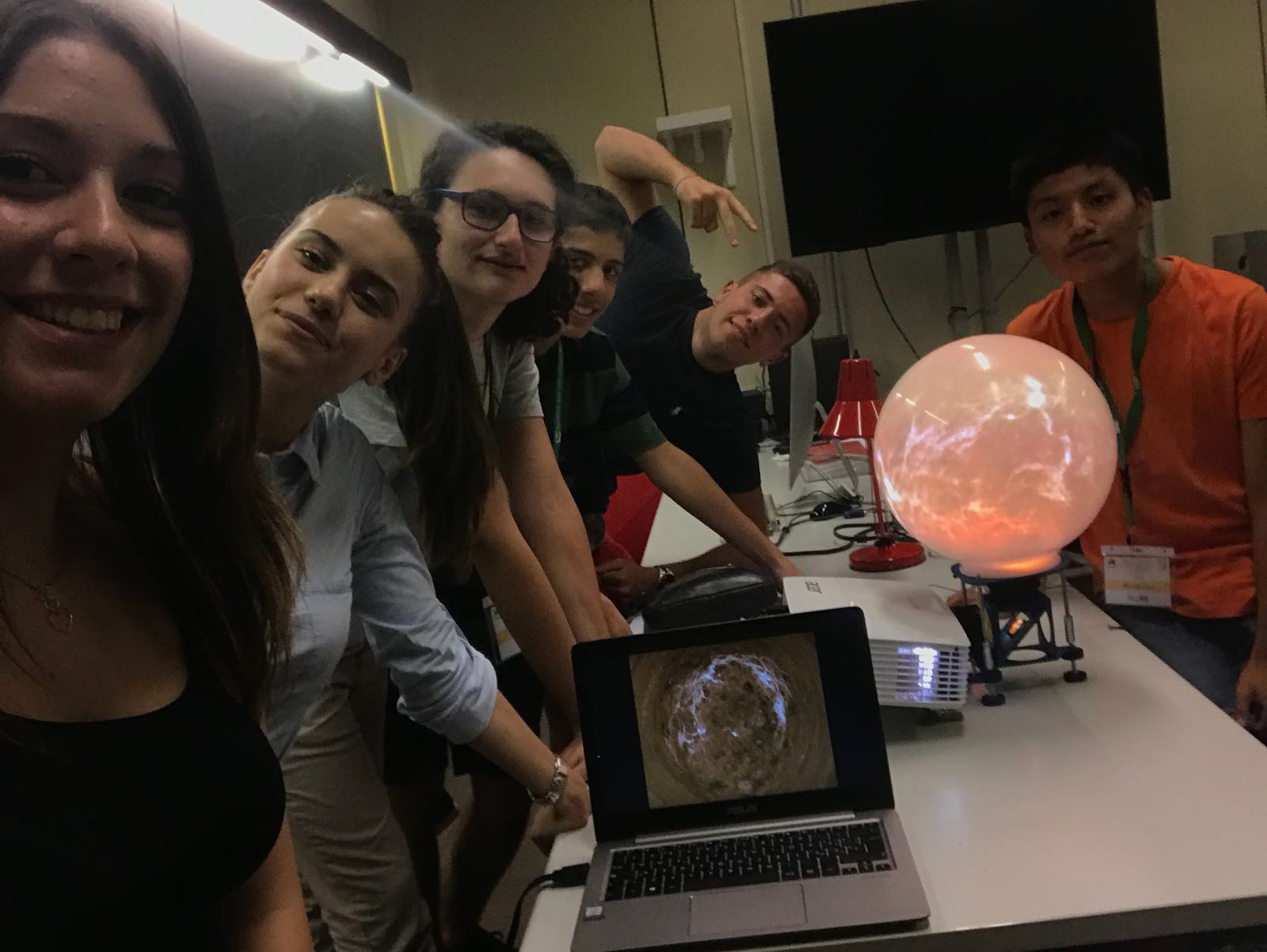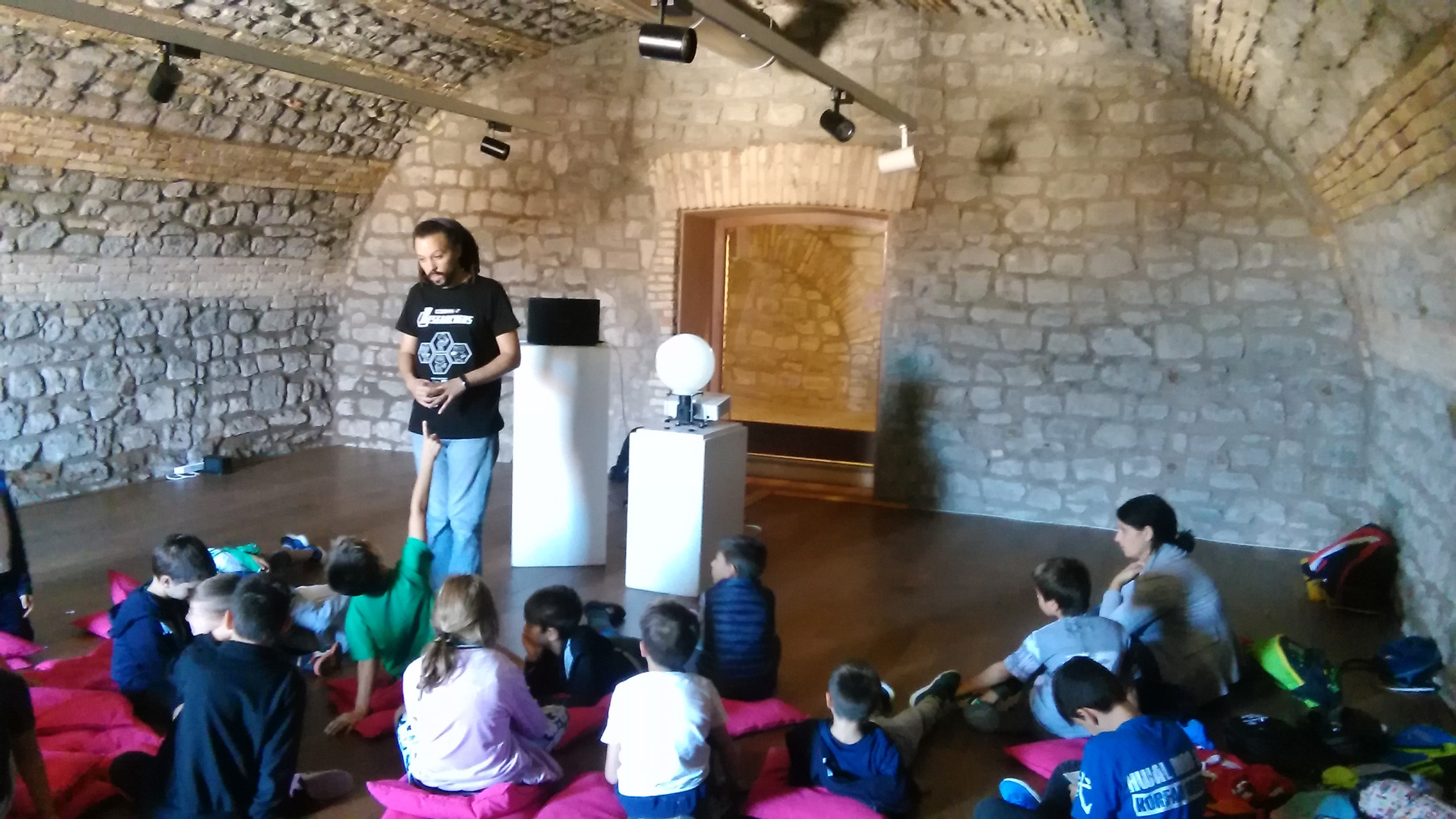Planets In A Room (PIAR) is an innovative education and outreach project in the form of a low-cost version of a small spherical and planetarium projector a “DIY planet simulator” that teachers, museum, planetary scientists and other individuals can easily build and use on their own, to show and teach the planets and the stars.
